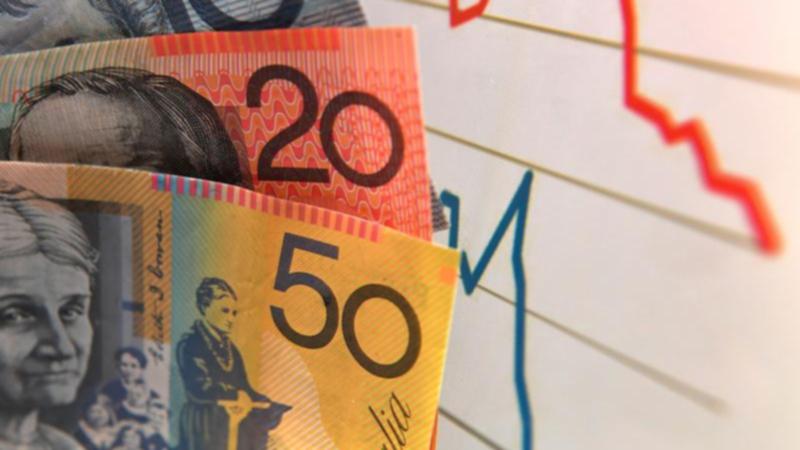S&P Global issues grim warning of Budget ‘backslide’ set to send state debts soaring

Ratings agency S&P Global has warned that Australian state debt is on track to triple over the next two years, reaching nearly 30 per cent of GDP, in what it describes as a “budgetary backslide.”
Gross debt across the states is expected to hit $785 billion by 2027, S&P said, attributing the surge to election promises that have driven unsustainable spending on cost-of-living subsidies, infrastructure budget blowouts, and public service outlays. This is compounded by “relentless population growth that has eclipsed all major comparable economies.”
“Tight election races in some states have seen ministers of all political complexions — perhaps wary of the global wave of anti-incumbent sentiment — put budget discipline on the backburner,” S&P Global Ratings analyst Martin Foo said.
Sign up to The Nightly's newsletters.
Get the first look at the digital newspaper, curated daily stories and breaking headlines delivered to your inbox.
By continuing you agree to our Terms and Privacy Policy.“We believe the quality of financial management is fading. Most states pledge to stabilise debt, but only at some vague point in the future.”
S&P found that despite a supportive macroeconomic backdrop, every rated Australian state reported a larger cash deficit in fiscal 2024. It also warned that interest costs are becoming the states’ fastest-growing expense, gradually crowding out other spending priorities.
“The sector-wide interest bill will hit A$20 billion in 2025 — for context, this is equal to South Australia’s entire operating budget for health, education, and social protection,” S&P said.
Failure to address Budget imbalances led S&P to placing a negative outlook on New South Wales, Tasmania, and the ACT in 2024. “Our negative bias principally reflects the risk that fiscal repair could be further delayed,” S&P said.
The report noted that Western Australia enjoys more fiscal leeway due to elevated global commodity prices and the support of a strong US dollar.
The warning comes as states face surging demands for pay rises for public sector workers, including a 32 per cent salary increase for train drivers in NSW and a 24 per cent pay rise request from Victorian police.
S&P forecasts that Victoria’s non-financial public sector debt will be 379 per cent above pre-pandemic levels, reaching $249 billion. NSW’s debt is expected to be 266 per cent higher than pre-pandemic levels, at $231 billion, while South Australia’s debt is projected to rise 209 per cent to $50 billion.
In its Mid-Year Fiscal and Economic Review, released Thursday, the newly installed Queensland Government revised its projections, warning that instead of delivering a $2 billion surplus by 2027–28, the State will now face a $9 billion deficit.
Treasurer David Janetzki cautioned that Queensland could see its AA+ credit rating downgraded as total debt surges to $218 billion — significantly higher than the $172 billion forecast in Labor’s final budget.
“The Mid-Year Fiscal and Economic Review is an up-front and frank document that reveals the debt and deficit legacy of the Labor government,” Mr. Janetzki said.
The budget update also downgraded the revenue outlook, citing lower-than-anticipated coal export volumes and a faster-than-expected decline in hard coking coal prices, although a weaker Australian dollar offered some fiscal relief.
“MYFER shows that the era of the coal royalty windfall is over,” Mr. Janetzki said.

